The New York Times: What to know about the two hostages Israel rescued from Rafah
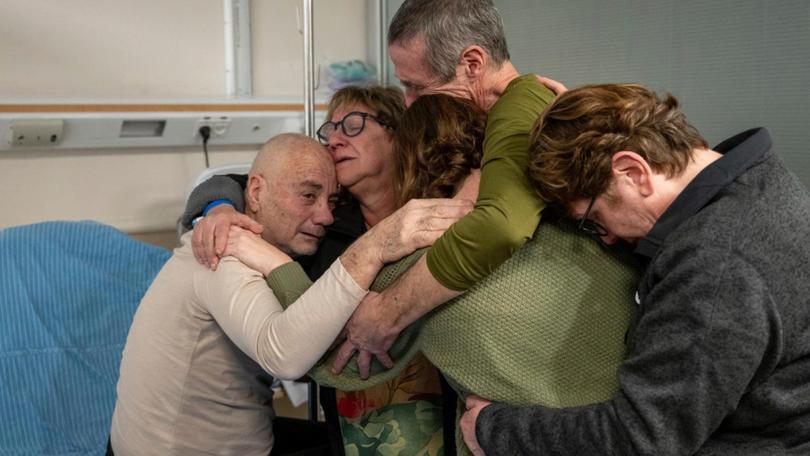
Israeli security forces said early Monday that they had freed two hostages who were being held in the southern Gaza Strip city of Rafah, in only the second known rescue of its kind in Gaza since the start of the war. Officials in Gaza said that accompanying Israeli strikes had killed dozens of Palestinians in the city overnight.
The hostages, Fernando Simon Marman, 60, and Louis Har, 70, were undergoing tests at a hospital near Tel Aviv and were both in good condition, according to a joint statement from the Israeli military, the police and the domestic security agency, Shin Bet.
“Fernando and Louis, welcome home,” Prime Minister Benjamin Netanyahu said in a statement. “I salute our brave fighters for the daring action that led to their release.”
Sign up to The Nightly's newsletters.
Get the first look at the digital newspaper, curated daily stories and breaking headlines delivered to your inbox.
By continuing you agree to our Terms and Privacy Policy.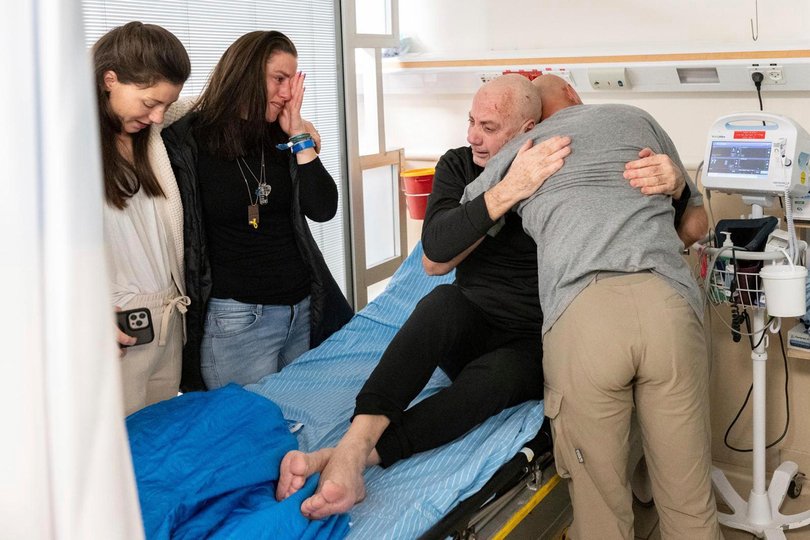
Netanyahu’s office said Marman and Har were both dual citizens of Israel and Argentina. They were among more than 240 people captured during the surprise Oct. 7 raid on southern Israel by Hamas and other militant groups. Israel said it launched attacks in Rafah to provide cover for the rescue.
The two men, looking gaunt but not visibly harmed, cried and embraced family members who had come to be reunited with them at Sheba Medical Center, according to video released by the Israeli military.
Har was pale and “a little in shock,” according to Idan Berjerano, his son-in-law, who visited him and spoke to Israel’s public broadcaster.
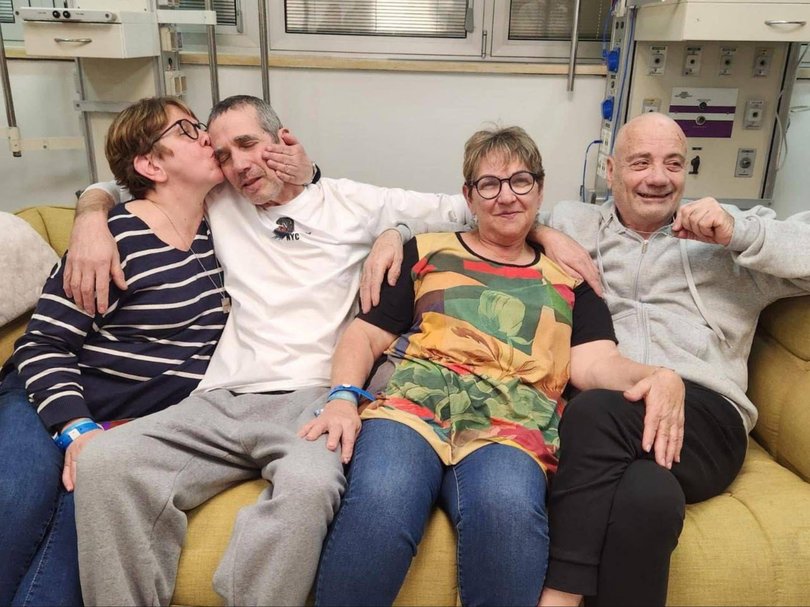
The Israeli military said Marman and Har had been kidnapped from the same house in Nir Yitzhak, a kibbutz near the border with Gaza. They were taken hostage along with other family members including Clara Marman, who is Fernando Marman’s sister and Har’s partner. Clara Marman and the other family members were freed in November as part of a weeklong cease-fire between Israel and Hamas.
An Israeli news website, Ynet, reported that the two men had told their captors that they were Argentine and had tried to make conversation by talking about soccer.
The rescue was the main story in the Israeli news media, but the public reaction appeared more muted than in November, when about 100 of the hostages were released during the cease-fire. This appeared partly to reflect the knowledge that more than 100 people remained in captivity.
“Not stopping till they all come home,” the organization Bring Them Home Now, which advocates for the release of the hostages, said in a social media post.
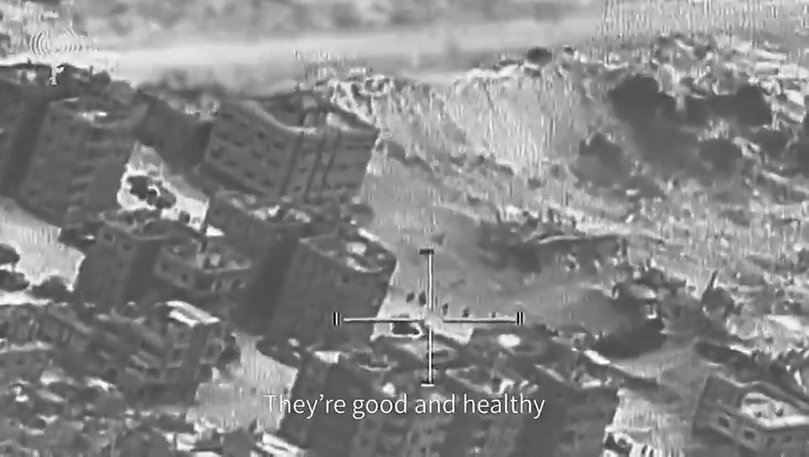
Last week, The New York Times reported that Israeli intelligence officers had concluded that at least 30 of the remaining 136 hostages had died since the start of the war.
Before Monday, Israeli forces had said they rescued at least one hostage, Pvt. Ori Megidish, who was freed during a military operation in October. But the military has released few details about that operation.
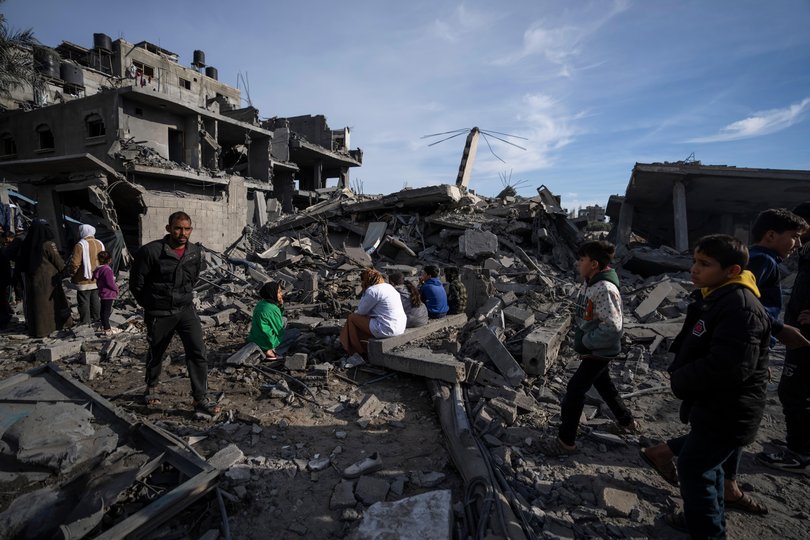
In December, the Israeli military said its forces had mistakenly killed three hostages in Gaza who had been waving a makeshift white flag.
With military analysts saying that rescue operations are not the path to freeing most of the captives, hostages’ families have been pressing Israel to prioritize negotiations for their release. Last week, Netanyahu publicly rejected Hamas’ latest proposal for another pause in fighting that would allow for some of the hostages being held by the militants to be released. But Israeli officials have also signaled that their government was still open to negotiation.
Asked in an interview televised Sunday with ABC News how many of the remaining hostages were still alive, Netanyahu said, “Enough to warrant the kind of efforts that we’re doing.”
President Javier Milei of Argentina — who last week made his first state visit to Israel as president — thanked the Israeli military for rescuing the two men. In a statement Monday, Milei’s office said he had raised the subject of Argentine hostages in his meetings with Israeli leaders.
This article originally appeared in The New York Times.
© 2024 The New York Times Company
Originally published on The New York Times
